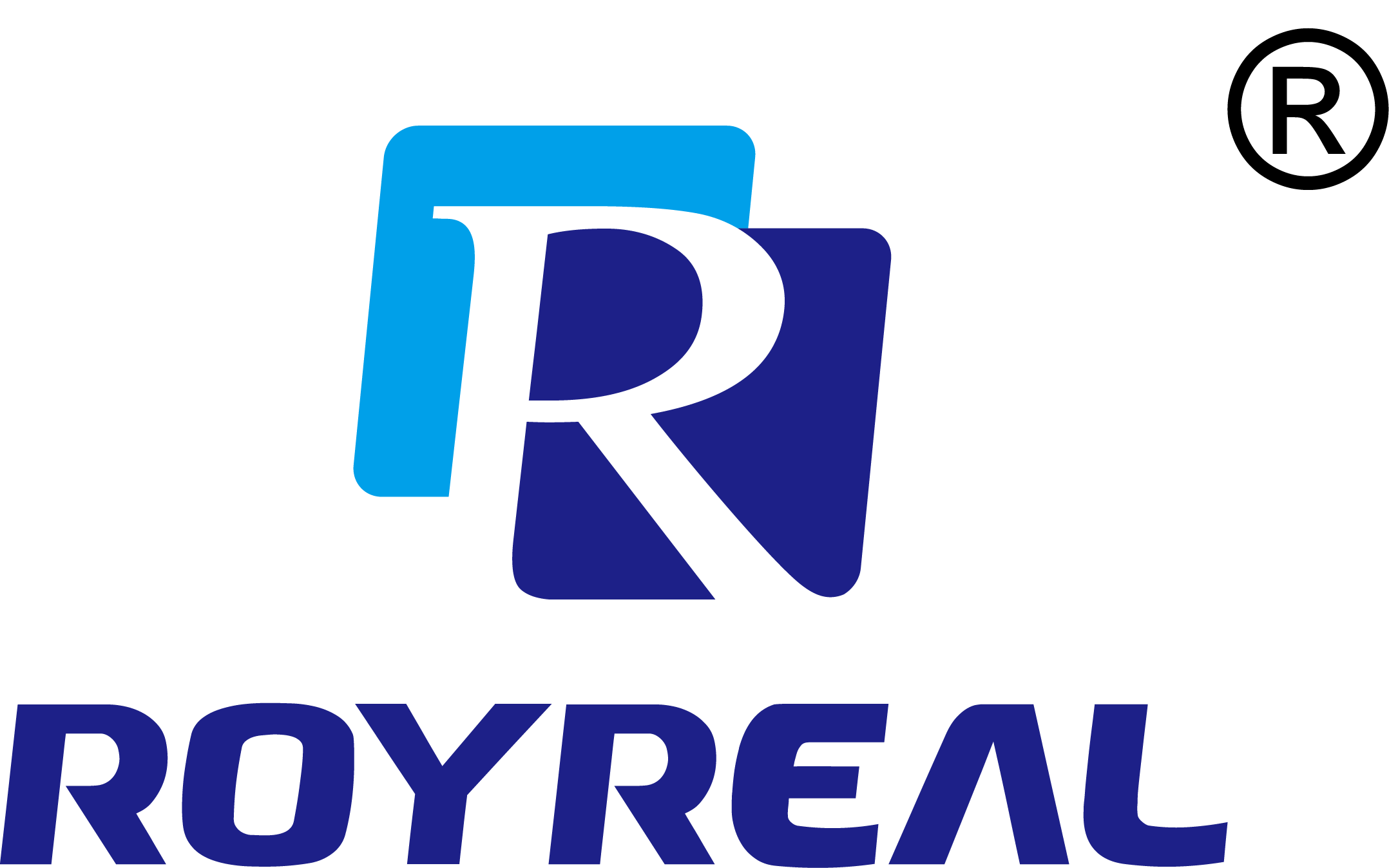Maximizing Measurement Accuracy: Wet Gas Meter Calibration Explained
Category: Industry News
Time:2024-12-09
Table of Contents:
1. Introduction: The Importance of Measurement Accuracy
2. Understanding Wet Gas Meters
3. Calibration: The Key to Reliable Measurements
4. The Calibration Process Explained
5. Factors Affecting Wet Gas Meter Calibration
6. Best Practices for Maximizing Measurement Accuracy
7. Frequently Asked Questions (FAQs)
8. Conclusion
1. Introduction: The Importance of Measurement Accuracy
Accurate measurement is crucial in various industries, from oil and gas to manufacturing and environmental monitoring. When it comes to wet gas meters, which are used to measure the flow rate of gas and liquid mixtures, calibration plays a vital role in ensuring precise and reliable measurements. This article aims to shed light on wet gas meter calibration and how it can help maximize measurement accuracy.
2. Understanding Wet Gas Meters
Before delving into the calibration process, it is essential to understand the basics of wet gas meters. Wet gas meters are specifically designed to measure gas flow rates in the presence of liquid. They are commonly used in industries where accurate measurement of gas and liquid mixtures is critical. Wet gas meter design varies, but they generally consist of components such as flow sensors, pressure sensors, and temperature sensors.
3. Calibration: The Key to Reliable Measurements
Calibration is the process of adjusting a measuring instrument to ensure its accuracy and reliability. In the context of wet gas meters, calibration enables accurate measurement by accounting for factors that may impact the device's performance. Proper calibration ensures that the meter provides consistent and reliable readings over time.
4. The Calibration Process Explained
The calibration process for wet gas meters involves several steps. It begins with selecting a suitable calibration facility or laboratory that specializes in wet gas meter calibration. The meter is then subjected to a series of tests, including flow rate calibration, pressure calibration, and temperature calibration. These tests help identify any discrepancies between the measured values and the actual values.
Once the discrepancies are identified, adjustments are made to the meter to align it with the desired accuracy standards. This may involve modifying the meter's internal components or recalibrating certain parameters. After the adjustments, the meter is tested again to validate its accuracy. The calibration process concludes with the issuance of a calibration certificate, which provides documented evidence of the meter's accuracy.
5. Factors Affecting Wet Gas Meter Calibration
Several factors can affect the calibration of wet gas meters. These include variations in gas composition, changes in temperature and pressure, and the presence of impurities in the gas-liquid mixture. It is crucial to consider these factors during the calibration process to ensure accurate and reliable measurements. Additionally, regular maintenance and periodic recalibration are necessary to account for any changes in these factors over time.
6. Best Practices for Maximizing Measurement Accuracy
To maximize measurement accuracy, it is essential to follow best practices in wet gas meter calibration. These include:
1. Choosing a reputable calibration facility with expertise in wet gas meter calibration.
2. Ensuring the calibration process adheres to recognized industry standards and guidelines.
3. Conducting regular maintenance and recalibration to account for changes in operating conditions.
4. Keeping detailed records of calibration activities and certificates for audit purposes.
5. Training personnel involved in the calibration process to ensure accuracy and consistency.
By following these best practices, you can optimize wet gas meter calibration and achieve reliable and accurate measurements consistently.
7. Frequently Asked Questions (FAQs)
Q1: What is wet gas meter calibration?
A1: Wet gas meter calibration is the process of adjusting and validating the accuracy of wet gas meters to ensure precise measurements of gas and liquid mixtures.
Q2: How often should wet gas meters be calibrated?
A2: The frequency of wet gas meter calibration depends on various factors, including industry regulations, usage conditions, and manufacturer recommendations. Typically, annual calibration is recommended, but more frequent calibration may be necessary in certain applications.
Q3: Can wet gas meters be calibrated on-site?
A3: In some cases, wet gas meters can be calibrated on-site using portable calibration equipment. However, for optimal accuracy, it is recommended to send the meters to a specialized calibration laboratory.
Q4: Why is measurement accuracy important in wet gas metering?
A4: Accurate measurement is crucial in wet gas metering as it ensures reliable data for billing, custody transfer, process optimization, and compliance with industry standards and regulations.
Q5: What are the consequences of inaccurate wet gas meter measurements?
A5: Inaccurate wet gas meter measurements can lead to financial losses, incorrect billing, inefficient process control, compliance issues, and an overall lack of confidence in the measured data.
8. Conclusion
Maximizing measurement accuracy is essential in various industries, and wet gas meter calibration plays a crucial role in achieving this goal. By understanding the basics of wet gas meters, the calibration process, and the factors influencing accuracy, you can ensure reliable and consistent measurements. By following best practices and regularly calibrating your wet gas meters, you can optimize accuracy, minimize risks, and maintain trust in your measurement data.
Keywords:
 EN
EN RU
RU SP
SP
